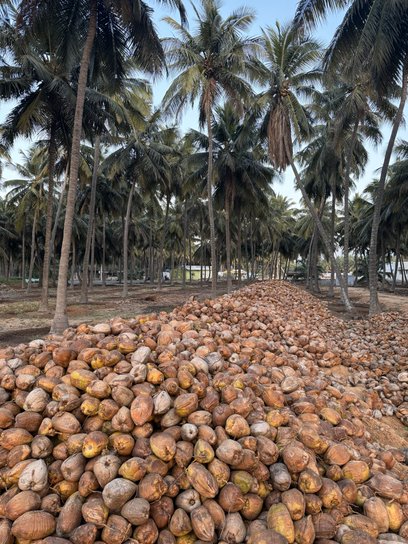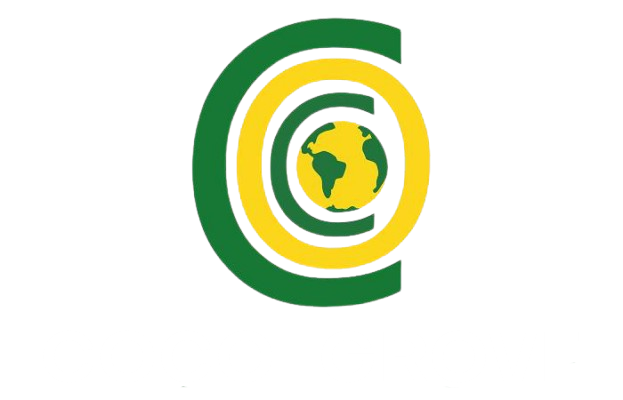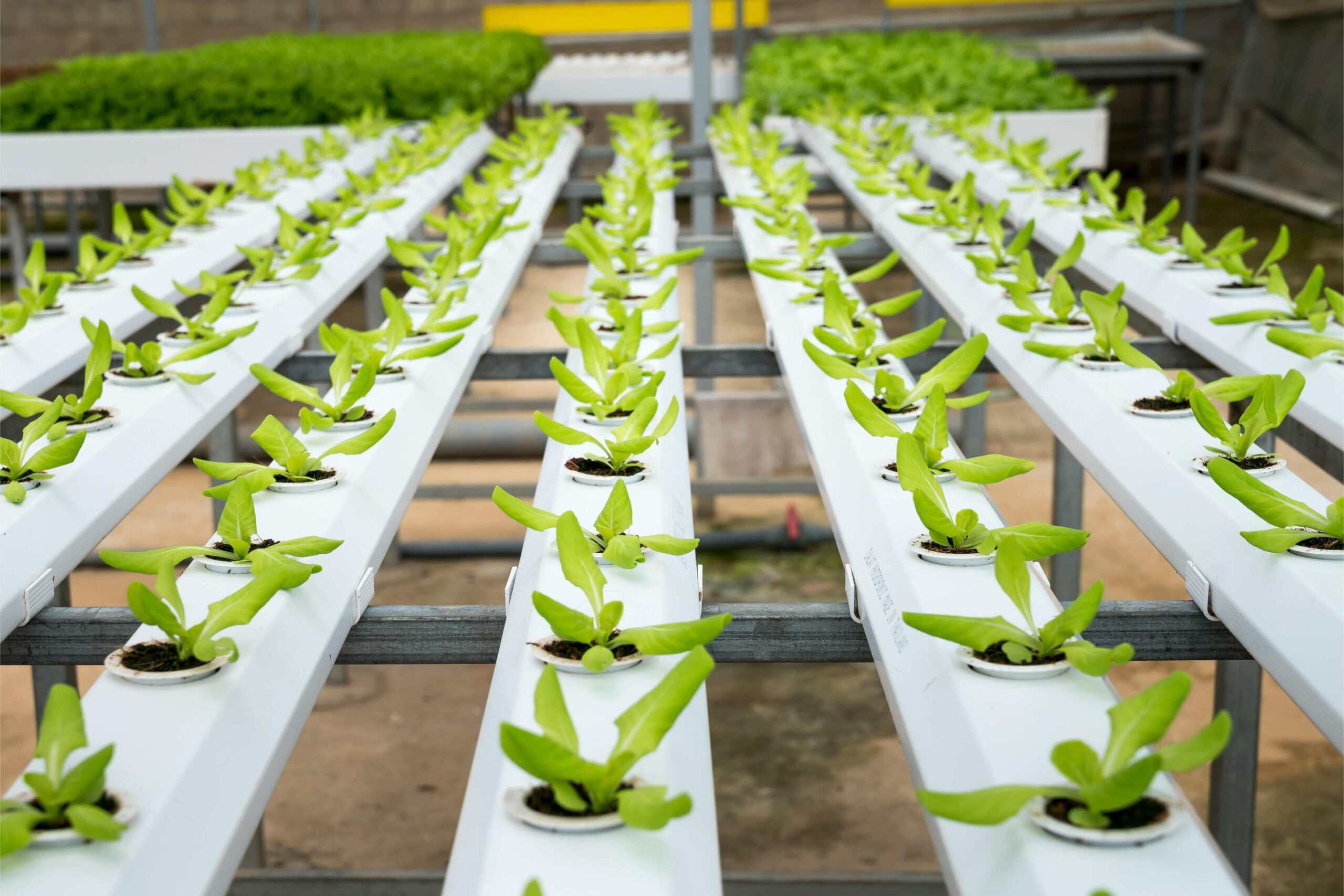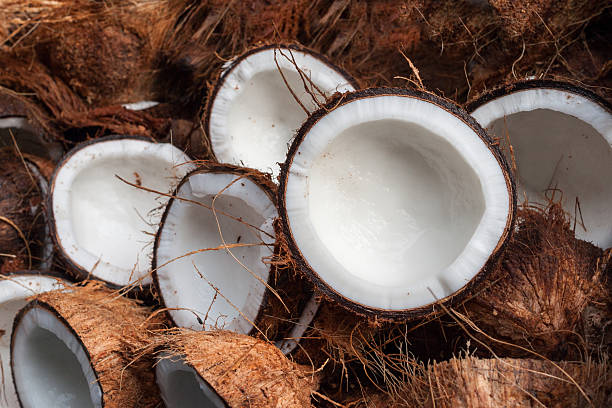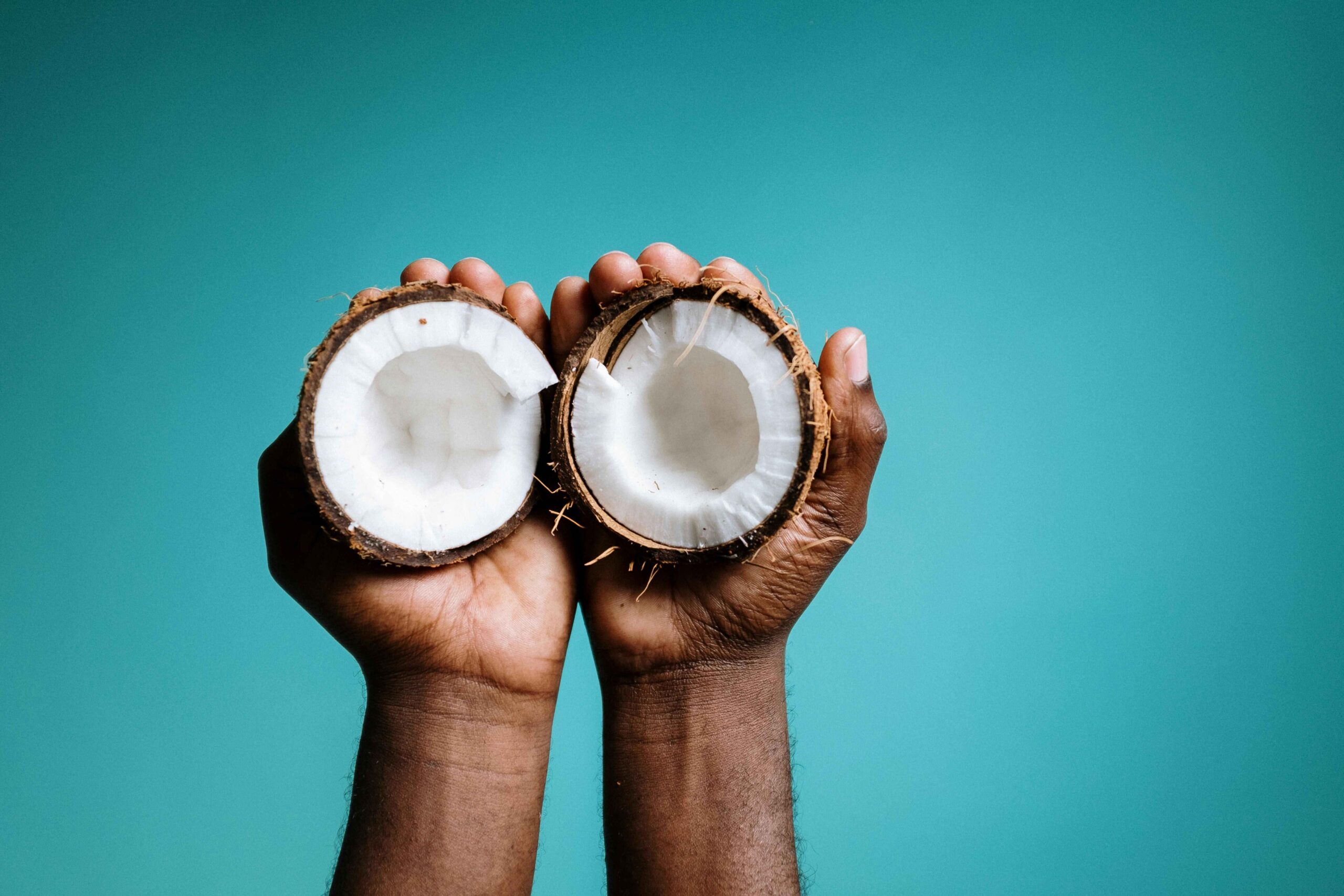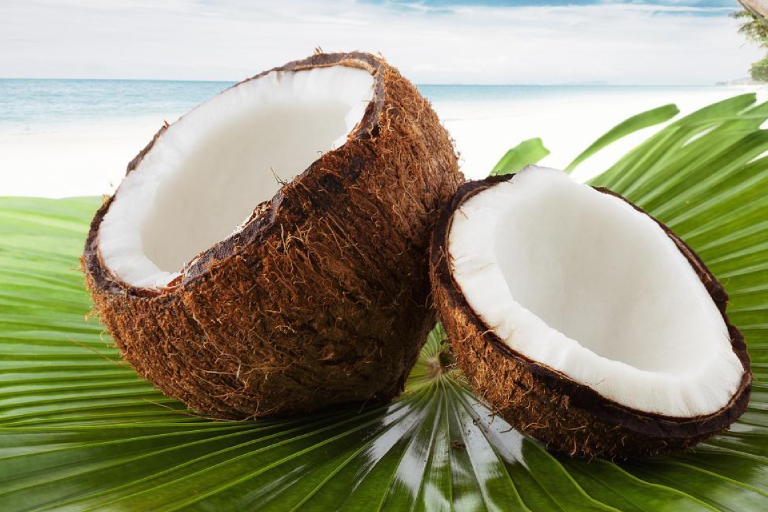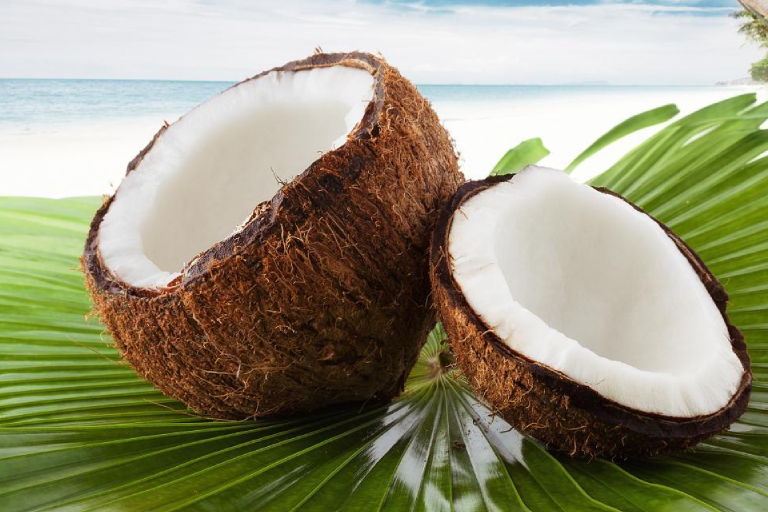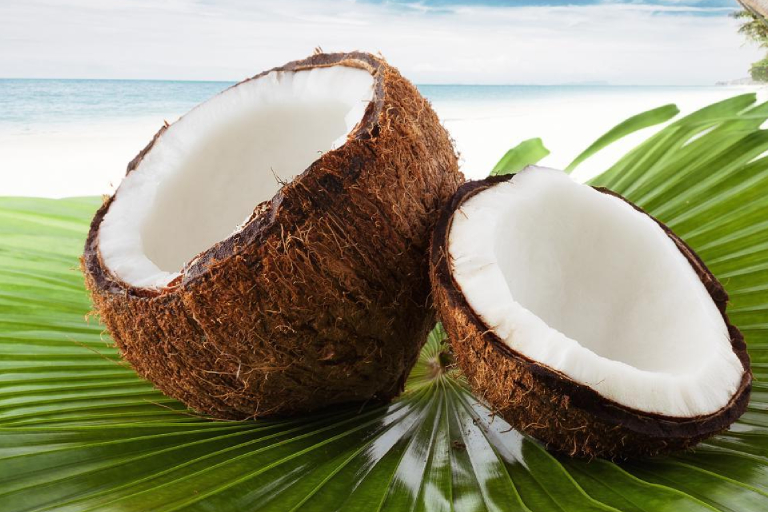Cocoa Intercropping in Coconuts
Posted by Coco Grove on Feb 4, 2025
A Comprehensive Guide
Intercropping cocoa with coconut is a smart, sustainable agricultural practice that maximizes land use, boosts farmer incomes, and improves soil health. Below is a comprehensive guide for cocoa intercropping with coconut, detailing its benefits, requirements, and best practices.
Benefits of Cocoa-Coconut Intercropping
- Efficient Land Use: Utilizes the interspace between coconut trees, making the most of available land.
- Shade-Tolerance Compatibility: Cocoa thrives under partial shade, and mature coconut palms provide ideal conditions.
- Additional Income: Offers diversified income streams through cocoa and coconut harvests.
- Improved Soil Health: Leaf litter from cocoa and coconut enriches soil organic matter.
- Reduced Risk: Multiple crops reduce the risk of complete failure due to market or weather conditions.
Ideal Conditions for Intercropping
- Climate:
- Temperature: 25–35°C
- Rainfall: 1,500–3,000 mm annually
- Humidity: 70–80%
- Soil: Well-drained, loamy soil with a pH of 6.0–7.5.
- Shade: 50–70% shade for cocoa, provided naturally by coconut palms.
- Spacing: Coconut trees should be spaced 7.5–8.5 meters apart to allow adequate light for cocoa.
Planting Plan
- Coconut Planting:
- Start with a triangular or square planting system to maximize spacing and light penetration.
- Cocoa Planting:
- Plant cocoa seedlings between rows of coconuts, maintaining a spacing of 2.5–3 meters between cocoa plants.
Management Practices
- Irrigation: Ensure regular watering, especially during dry periods.
- Fertilization:
- Coconut: Apply organic manure, nitrogen, phosphorus, and potassium as per soil testing.
- Cocoa: Use nitrogen-rich fertilizers and add organic mulch to retain moisture.
- Pest and Disease Management:
- Control coconut pests like rhinoceros beetles and cocoa pests like mirid bugs.
- Use biocontrol agents wherever possible to minimize chemical dependency.
- Pruning:
- Trim coconut fronds and prune cocoa trees to optimize light distribution.
- Harvesting:
- Harvest mature coconuts every 45–60 days.
Cocoa pods are ready for harvest when they turn yellow or red, depending on the variety.
Economic Considerations
- Initial Investment: Costs involve cocoa seedlings, fertilizers, and irrigation setup.
- Returns: Coconut provides a steady income year-round, while cocoa offers periodic high-value returns.
Challenges and Mitigation
- Competition for Resources: Proper spacing and fertilization reduce competition for water and nutrients.
- Pest Cross-Infection: Regular monitoring and integrated pest management mitigate risks.
- Shade Management: Over-shading from dense coconut canopies can be controlled by pruning.
Would you like me to include a chart summarizing the details or any additional sections? Let me generate an image of this setup to illustrate the layout.
Here’s a detailed illustration of a coconut and cocoa intercropping system. Let me know if you need more details or any other modifications to the content!
